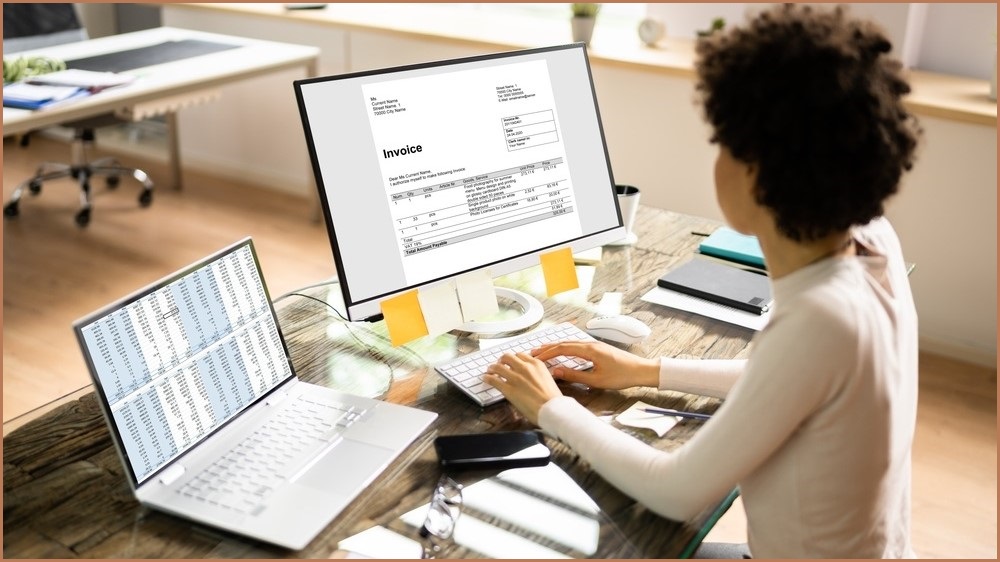Invoice fraud and errors are a thing of the past for the more than 18,000 Australian businesses that have already adopted electronic invoicing using the international Peppol standard, the ATO has advised as it spruiks the service during this week’s eInvoicing Week.
Rather than posting, faxing or emailing conventional invoices, eInvoicing enables businesses to securely send invoices through a secure exchange operated by service providers accredited to the Peppol standards used in over 35 countries – including most of Europe, Canada, Singapore, South Africa, the United States, and Australia and New Zealand.
Last year, Australian government organisations were put on notice that they would be required to embrace eInvoicing by July this year – and with eInvoicing Week 2022 upon us, the ATO is doubling down on the protocol’s use with a series of webinars and a campaign to encourage businesses to embrace eInvoicing as well.
“The pressures of running a business can often leave businesses with little time to focus on anything else,” said ATO deputy commissioner Will Day, adding that “once connected with eInvoicing, businesses can immediately transact with everyone on the same network – meaning you can be paid faster, and ultimately improve your cashflow.”
Already supported by a range of business software platforms including Xero, MYOB, Technology One and SAP, eInvoicing services use company ABNs to securely exchange invoices.
The format of the messages is described by the A-NZ Peppol BIS 3.0 standard, which is adapted from the Europe-originated Peppol standard that was officially embraced by the Australian Government in February 2019 and is administered by the ATO.
eInvoicing-compliant software connects to a certified Peppol Service Provider, which shunts invoices onto the secure network for carriage.
Participating companies are listed in a Peppol Directory that makes it easy to find and connect to other members.
Now that the system is ready for widespread use – and with government mandates set to increase its adoption dramatically – it is expected to provide dramatic administrative savings for businesses managing the approximately 1.2 billion invoices exchanged in Australia every year.
With 83 per cent of SMEs spending up to 20 hours per month issuing invoices, a new MYOB survey found, 62 per believe they can save up to 10 hours every week just by adopting eInvoicing, the company said, citing modelling that projects average savings of $11,000 annually by eliminating manual entry for SMEs.
Awareness of eInvoicing among SMEs has increased from 43 per cent at the beginning of 2021 to 64 per cent now, MYOB said – heralding faster adoption that will further accelerate as more businesses join the network.
With paper invoices costing around $30 to process and eInvoices costing less than $10, Australian Small Business and Family Enterprise Ombudsman Bruce Billson called eInvoicing “a great way to enable faster payment [that] cuts the administrative burden and is more secure than posted or emailed invoices.”
The empire strikes BEC
Apart from the potential efficiency gains, adoption of eInvoicing also promises to help SMEs that have been ravaged by business email compromise (BEC) and other fake invoice scams, which have become endemic as cybercriminals dream up new ways to steal money from unsuspecting victims.
Secure exchange of invoices would avoid the potential for invoices to be intercepted and modified, as happened when ACT company Canberra Hydraulic Engineering Services was recently ordered to pay an invoice for the second time after interlopers changed the account details on a supplier’s invoice.
False billing scams have taken $12.3 million from Australians this year alone, according to the ACCC’s ScamWatch service, which has received over 11,300 reports of such incidents so far this year.
Banking industry services such as PayID have sought to stem the tide of BEC compromises by enabling payments using details other than BSB and account number, but the eInvoicing framework takes this concept to new levels by enabling secure transmission of invoicing and payment details for much larger everyday business transactions.
“With eInvoicing, you no longer need to manually enter or scan the invoices you receive,” said the ATO’s Day, “because that information is received directly through your accounting software, ready to be checked and paid.”
“The invoice is delivered directly into the customer’s software via a secure network, so there’s less risk of lost or fraudulent invoices being paid.”










